Editor’s note: The money from the landfill operator for community benefits (approximately $350,000 this year) goes to a different group, the Community Benefits Funding Committee. The VVCAC is separately funded by the landfill operator.
 I attended Monday’s meeting between the Val Verde Community Advisory Committee and the Chiquita Canyon Landfill folks.
I attended Monday’s meeting between the Val Verde Community Advisory Committee and the Chiquita Canyon Landfill folks.
So let me get this right. (At least I hope it is.) The VVCAC members are the folks who act as liaison between the Chiquita Canyon Landfill company and the community of Val Verde. Got that.
So if those folks are there to help the community of Val Verde, how come not all of the VVCAC members live in Val Verde?
Some live in Newhall and I think I heard, Valencia.
These people are deciding on how money from the landfill, being given to the community, will be spent. Now, if I were a Val Verde resident, I would want only my fellow residents telling us how our money is being spent. The community that the dump directly affects is Val Verde – not Newhall or Valencia.
The VVCAC members are people who were appointed by the Los Angeles County supervisors to do what I just said – to be a liaison between the Val Verde folks and the landfill. If the landfill stopped operation tomorrow, the trash would go to any number of other sites in California. In fact, a lot of the trash from Santa Clarita goes up to Palmdale and down to Sunshine Canyon in Granada Hills. The impact of the Chiquita dump is only upon Val Verde.
So let’s look at how the $350,000 is being spent by the committee. This is what I heard at the meeting: “We pay for lawyers and auditors, along with air monitoring equipment.” “We also pay for various community projects.”
 Let me get this straight: A Los Angeles County-appointed committee has to retain the services of lawyers and accountants
Let me get this straight: A Los Angeles County-appointed committee has to retain the services of lawyers and accountants
They are also buying the very air monitoring equipment that the dump is required to have?
This sounds like a scam.
I give someone money to spend on the community and then tell them they have to pay for lawyers, accountants and air monitoring equipment that either the Chiquita Canyon Landfill folks should provide or, in the case of the lawyers and accountants, the county already has retained? That seems a little odd to me.
The landfill company is quick to point out how they contribute $350,000 to the community each year. So how much does the lawyer cost? And the accountant? And I think they said the equipment was going to cost about $2,500.
Are there other county boards and committees that also have to retain separate lawyer and accountant services?
This seems like a really great way for the folks from the landfill to look good and still not really pay as much as it appears. “We gave $350,000 to Val Verde to use for community projects, and they bought some lawyers and accountants and some equipment we should provide.” “They were real nice folks in doing that.”
So what are the lawyers and accountants doing? If the VVCAC buys the air monitoring stations, who is responsible? Who is liable?
That meeting gave me a lot more to think about. I didn’t yet follow up on the sludge dumping and other violations the residents say have happened.
I do know there are a lot of really bad feelings going on in Val Verde.
Note that the VVCAC is not the VVCA (Val Verde Civic Association). That is a whole separate group, elected by the residents. But I’m really confused. DO they get to spend any of the money that the landfill gives to the VVCAC?
It is a mess. The community is divided a little, but most say they don’t want the dump to expand. They also hate the smell and the traffic.
So tonight it would be great if all y’all would come along to the dump-expansion meeting at the Castaic Sports Complex in the gym at 6 p.m.
Maybe I could meet some more of you, and you can get my head clear about the VVCAC and the VVCA and the rest.
You’d think that being an old sailor, I’d get used to all of those acronyms, all of that alphabet stuff jammed together. Well, I’m not.
Just one other question: Why can’t the VVCAC and the VVCA combine and become the VVCACCA?
See you tonight.
Darryl Manzer grew up in the Pico Canyon oil town of Mentryville in the 1960s and attended Hart High School. After a career in the U.S. Navy he returned to live in the Santa Clarita Valley. He can be reached at dmanzer@scvhistory.com and his commentaries are archived at DManzer.com. Watch his walking tour of Mentryville [here].
Like this:
Like Loading...
Related





 Tweet This
Tweet This Facebook
Facebook Digg This
Digg This Bookmark
Bookmark Stumble
Stumble RSS
RSS

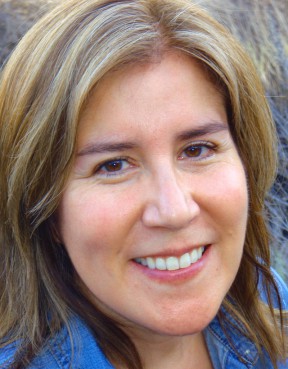
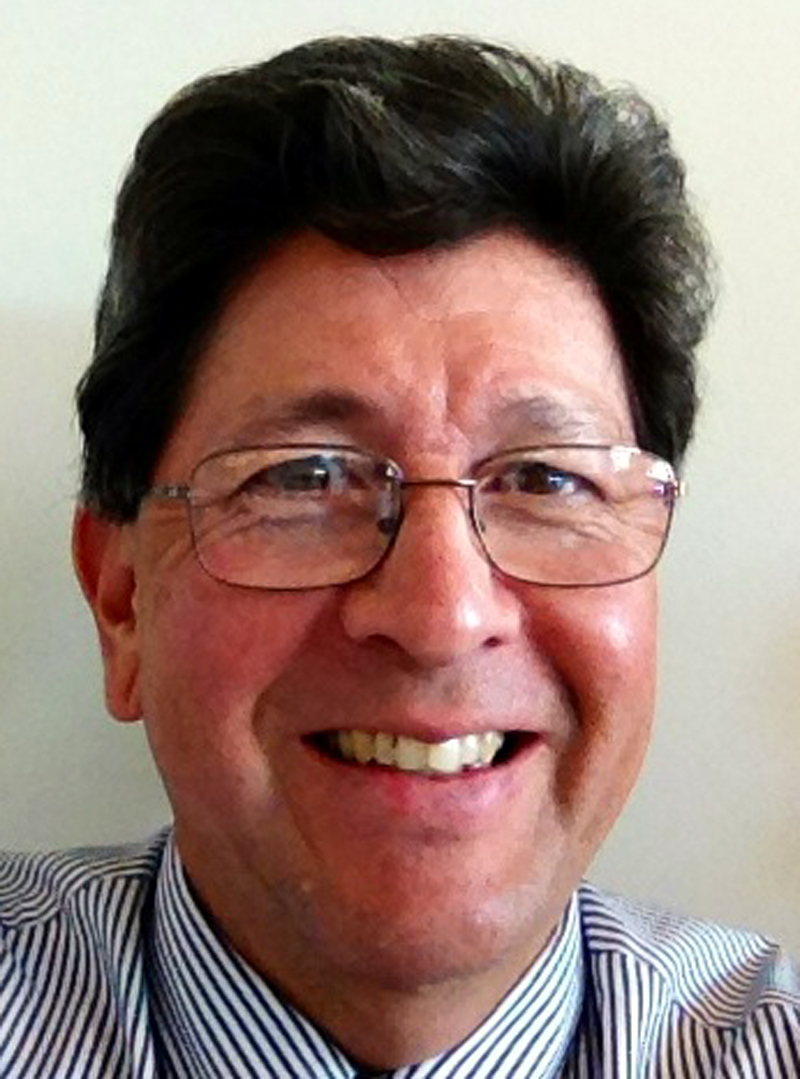
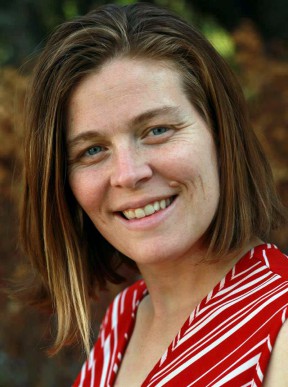


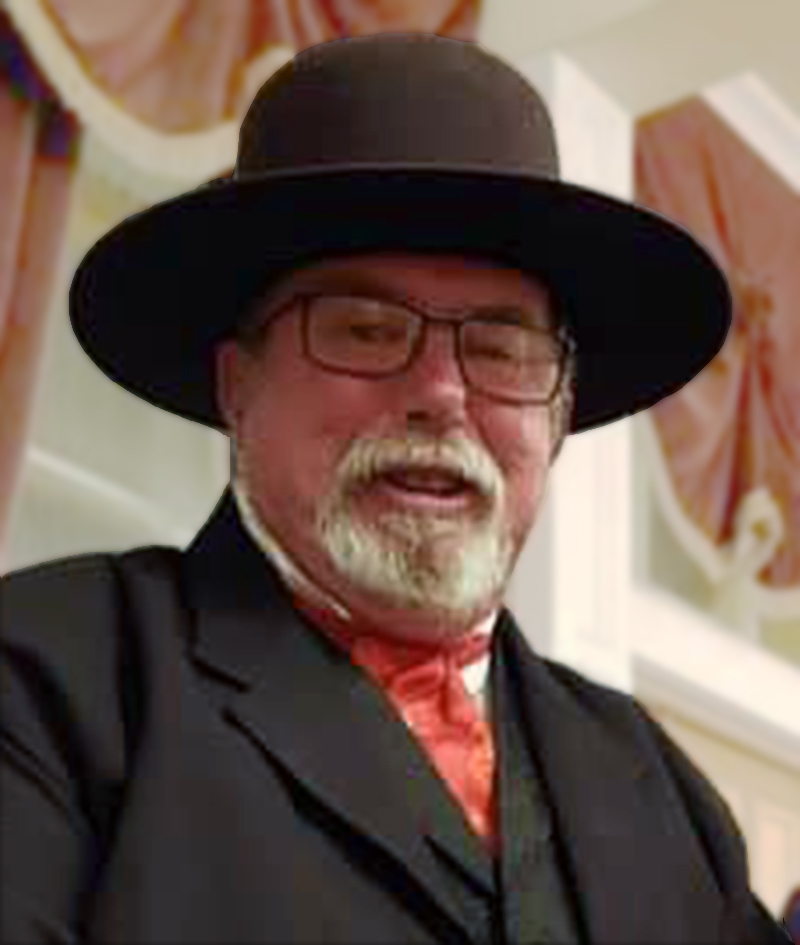

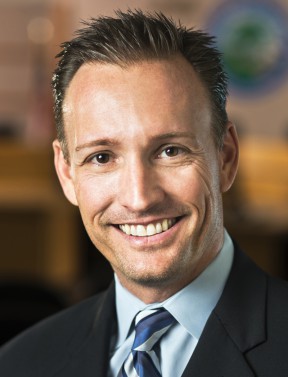










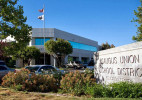






















REAL NAMES ONLY: All posters must use their real individual or business name. This applies equally to Twitter account holders who use a nickname.
3 Comments
Darryl,
Thanks again for keeping this topic going. One very major thing to note is that the VVCAC does NOT receive $350k a year. As I mentioned in one of my earlier responses to your column, the Community Benefits Funding Committee (CBFC) receives approximately $350k a year from the landfill. That money is spent on programs like after school tutoring, sports, programs fro seniors, etc. All of that money is used to directly improve the lives of Val Verde residents either directly or indirectly. The VVCAC receives approximately $20k a year from the landfill. This money is supposed to be spent on things like air monitors, attorneys. etc. If you could please make that correction it would be greatly appreciated. As for why the VVCA and the VVCAC can’t be one entity, that’s a good question that has been brought up before. There’s been some discussion about having the VVCA receive the funds and act as the liaison, and completely eliminating the VVCAC. I’m not sure if the County would allow this to happen, but the main reason some feel this is a good idea is that VVCA members are elected by Val Verde residents and not appointed by the County like VVCAC members are. There are also many people that agree with your thoughts on only having Val Verde residents be members of the VVCAC. It makes sense, since as you mention, only Val Verde is being immediately affected by the landfill.
The CBFC = Community Benefits Funding Committee where the larger of the funds goes to on a sliding scale each year due to intake by the landfill. The CBFC is NOT permitted to hirer any legal assistance if it is against the landfill in any way shape or form. That would be a direct violation of the funds. These people are voted for by the community. Volunteers.
The VVCAC = Val Verde Community Advisory Committee and does NOT get the bigger money, just the $20K per year, and they are only a liaison between the communities and the landfill. They can not higher lawyers to appose the landfill either. They can have accountants, buy equipment, and do research. These people are appointed by Mike Antonovich’s office and do include people from outside of Val Verde. Volunteers working at the same table as the landfill, Mike Antonovich’s office, and it appears Newhall Land. This is what I saw at the last VVCAC meeting. Please follow up with the VVCAC for any clarification if I have any error here. BUT this is what the people of Val Verde do think it is – I am a resident.
The VVCA = Val Verde Civic Association – no money ever directly from the landfill and is elected by the community. They barely have $200 to operate on. Basically your local town area council desperately trying to listen to the will of the people. Again, what I witnessed.
Thank you for keeping this out in the open. It is very confusing and that adds to the confusion about what hand is getting what – more importantly why…
Just in case anyone ever has any question about what type of body is or is not subject to the Ralph M. Brown Act – which is even MORE directly applicable to the VVCAC because, as enumerated in section 3.4 of its bylaws, all members are APPOINTED BY THE COUNTY SUPERVISOR, thus making it an appendage of the county. Note that the Agua Dulce Town Council was also organized as a nonprofit corporation, and that its members mistakenly thought the Ralph M. Brown Act did not apply to them.
Agua Dulce Town Council
SUPERIOR COURT OF THE STATE OF CALIFORNIA
FOR THE COUNTY OF LOS ANGELES
Case No. BS 096594 Petition filed May 9, 2005 JUDGMENT.
Petitioners – Mary Johnson, Mike Gibbs, Brendon Cangiano, Richard Dyer, Denise Holland, Mike Holland, Timothy Alan Rosenberg, Aline Rosenberg, Lorene Cangiano, Connie Spears, Eric Harnett, Melissa Harnett, Jeffrey Pierce, David Aiello, Crystal Blackstone, and Stephen Chang, individually and as residents of the Town of Agua Dulce,
DATE : July 15 , 2005 TIME: 9:30 an DEPT. 85
V.
Respondent- Agua Dulce Town Council, a nonprofit public benefit corporation.
The above proceeding came on regularly for trial before the undersigned on July I5, 2005, Richard A. Fond and Judith M. Sasaki appeared for Petitioners and Christine M Kudija appeared for Respondents. Petitioners asserted, and Respondent denied, that Respondent is subject to the Brown Act (Government Code §54950 et seq. and that Respondent has violated the provisions of Government Code §54953.5. Respondent asserted, and Petitioners denied, that if Respondent violated any provision of the Brown Act the violation has been cured and that, as a consequence, the Court is required by Government Code §54960.1(e) to dismiss this proceeding, with prejudice.
The Court has read and considered all of the written arguments submitted by the parties; has read, considered and received in evidence all of the declarations and exhibits submitted by the parties and the parties’ written Stipulation re: Facts and Documents (“the Stipulation”), filed herein on June 23, 2005; and has heard and considered the oral arguments of counsel at the July 15 trial. Having done so, and based in part of the facts and documents that are the subject of the Stipulation, the Court finds and concludes as follows:
Findings
1. The Court is commanded by the preamble to the Brown Act (Government Code §54950) and by the appellate case law interpreting the Brown Act to construe the Brown Act liberally in favor of coverage. In interpreting the various provisions of the Brown Act, the Court is also commanded to give meaning to every word and to avoid making any term surplusage or nugatory. People v. Craft. (1986) 41 Cal. 3d 554, 560.
2. Respondent, the Agua Dulce Town Council was created in 1991 by the approval and adoption, by the residents of Agua Dulce, an unincorporated town in north Los Angeles County, of the “Charter for Agua Dulce Town Council”. Respondent is an active California non-profit public benefit corporation, incorporated in 1994. A copy of the “Charter for Agua Dulce Town Council” was received in evidence as Exhibit A to the Stipulation.
3. Petitioners are all legal residents of the Town of Agua Dulce who, in accordance with the provisions of the Respondent’s Charter, are “eligible voters” who are entitled to vote in elections for Councilpersons and to participate in proceedings held by Respondent.
4. Respondent has adopted By-Laws, which have been amended from time to time. A copy of Respondent’s current By-Laws was received in evidence as Exhibit B to the Stipulation. By-Laws Article 6(3) states that the Respondent Council’s Secretary’s duties include electronically recording all regular and special Council meetings”.
5. Prior to the commencement of this proceeding, the only electronic recordings of Respondent’s meetings made by Respondent were made with a cassette tape recorder. Respondent’s audiotaping ceased in February 2005. Between then and the commencement of this action, Respondent did not successfully create any electronic recordings of its meetings that were audible, complete and comprehensible.
6. Prior to April 27, 2005, members of the public were permitted to audiotape and videotape the meetings of Respondent.
7. On April 27, 2005, Respondent passed a motion that “Agua Dulce Town Council meetings are not to be electronically recorded by any outside entity or entities.” This resolution was not on the agenda for Respondent’s April 27, 2005 meeting.
8. In passing said April 27, 2005 motion, Respondent and its members acted in good faith, based on advice they had received to the effect that Respondent is not subject to the provisions of the Brown Act.
9. On May 18, 2005, after this proceeding had commenced, Respondent passed a motion rescinding the April 27, 2005 resolution banning public recording of its meetings.
10. Notwithstanding its rescission of the April 27 resolution banning public recording of its meetings, Respondent has asserted that it is not subject to the Brown Act and, therefore, that the question of public recording of Respondent’s meetings is a matter that lies exclusively within the discretion of Respondent.
11. Respondent is regularly contacted by people with applications pending before Los Angeles County for land use permits involving property located in Agua Dulce. These applicants report that Los Angeles County staff or the Los Angeles Regional Planning Commission or the Los Angeles County Board of Supervisors has directed them to present their projects to Respondent and to seek Respondent’s support. The applicants report, further, that the County would not consider their applications further until after they had presented their projects to Respondent and Respondent had made a recommendation to the County. When requested to do so, Respondent sets aside time at one of its regular meetings to allow the applicant to present his project. If asked to do so, Respondent then informs the appropriate County department, board or commission, in writing, of Respondent’s position regarding the applicant’s project. Petitioners presented testimony regarding five such applications, which testimony was received in evidence.
12. Respondent has, for the past five years, been preparing a proposal for a revised Community Standards District Ordinance. Respondent intends to present this proposal to the Los Angeles County Regional Planning Department and the Los Angeles County Regional Planning Commission for ultimate adoption by the Los Angeles County Board of Supervisors. If and when Los Angeles County adopts the revised Community Standards District Ordinance, it will become part of the Los Angeles County Code and have the force of law in Agua Dulce.
13, Referring to itself as “the Council,” Respondent has posted the following statements on its website, http://www.aguadulce-ca.com:
a. “‘The Charter does require the Council to act as the community’s representative, and in doing so, the Council has historically functioned as a conduit between the community and the County of Los Angeles, its various departments and Section Heads, and the Supervisor’s office. The Council also meets on a regular basis with developers, environmental groups, law enforcement agencies, individual constituents and various representatives to the State Assembly and Congress in order to gather information or request action on issues of importance to the Agua Dulce community.”
b. “There is no other organization or individual in Agua Dulce which operates with the official portfolio of the Agua Dulce Town Council.”
Conclusions
1. The unincorporated Town of Agua Duce is a “town,” as that term is used in Government Code §54951; and, therefore, a “local agency” within the definition set forth in §54951.
2. Respondent is a “legislative body” within the definition set forth in Government Code 54952(b), in that it serves in an advisory capacity to the community of Agua Duce and to the County of Los Angeles, and was created by a Charter, as that term is used in §54952(b).
3. On Apri1 27, 2005, Respondent violated the Brown Act, Government Code §54953.5, by passing a motion that “Ague Duce Town Council meetings are not to be electronically recorded by any outside entity or entities.”
4, On May 18, 2005, Respondent cured its Brown Act violation by rescinding the April 27, 2005 resolution described in the preceding paragraph.
5. Respondent having cured its Brown Act violation, the provisions of Government Code §54960.1(e) require that the Court dismiss, with prejudice, Petitioners’ claim based on Respondent’s Brown Act violation.
6. The dismissal of Petitioners’ Brown Act claim is not intended to violate the Court’s conclusions that (a) Respondent is subject to the Brown Act and ( b) that prior to the commencement of this proceeding Respondent violated the Brown Act.
Judgment
Based on the Findings and Conclusions recited above, and good cause appearing therefore, it is adjudged and decreed that
1. Upon the entry of this Judgment, this proceeding shall be dismissed, with prejudice.
2. Petitioners and Respondent each shall bear their own costs, expenses and attorney’s fees incurred in connection with the claims and defenses asserted in this proceeding.
Dated: August 1, 2005
Dzintra Janavs, Judge of the Superior Court